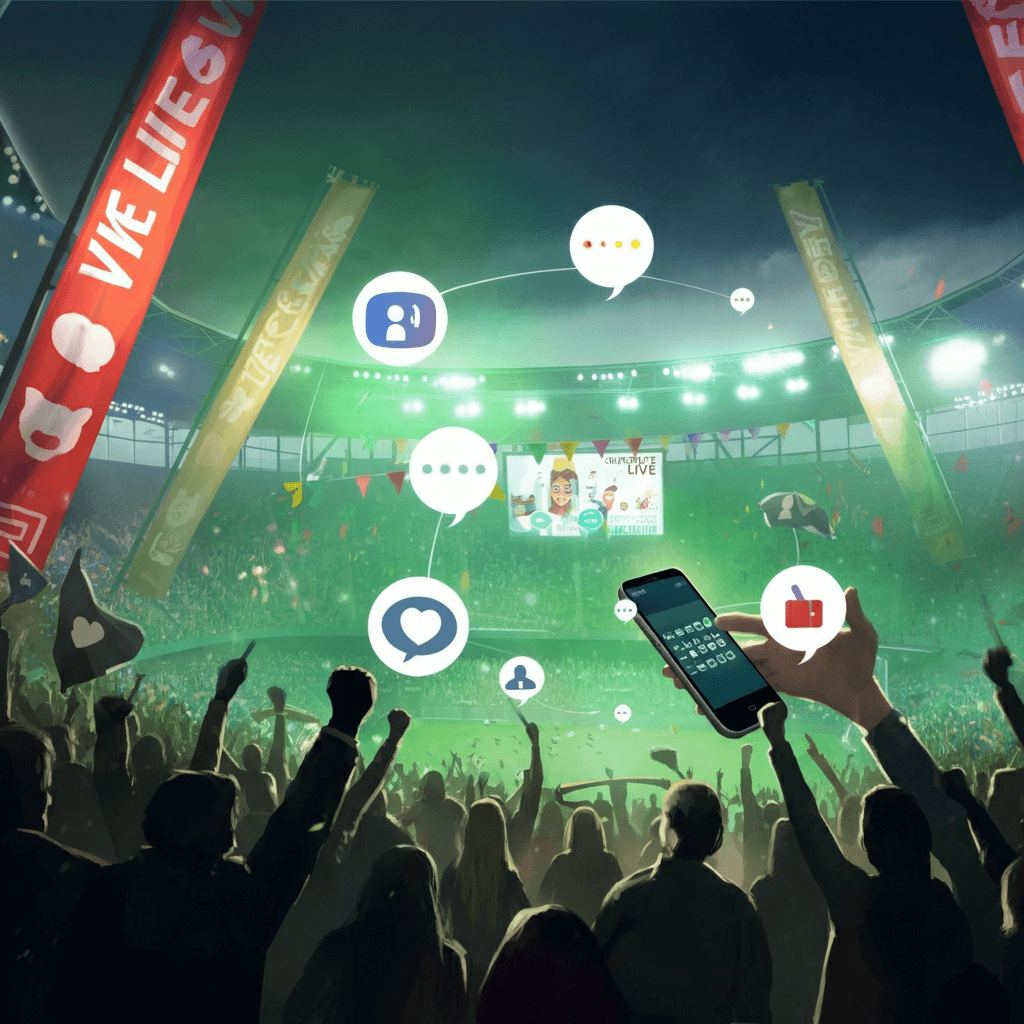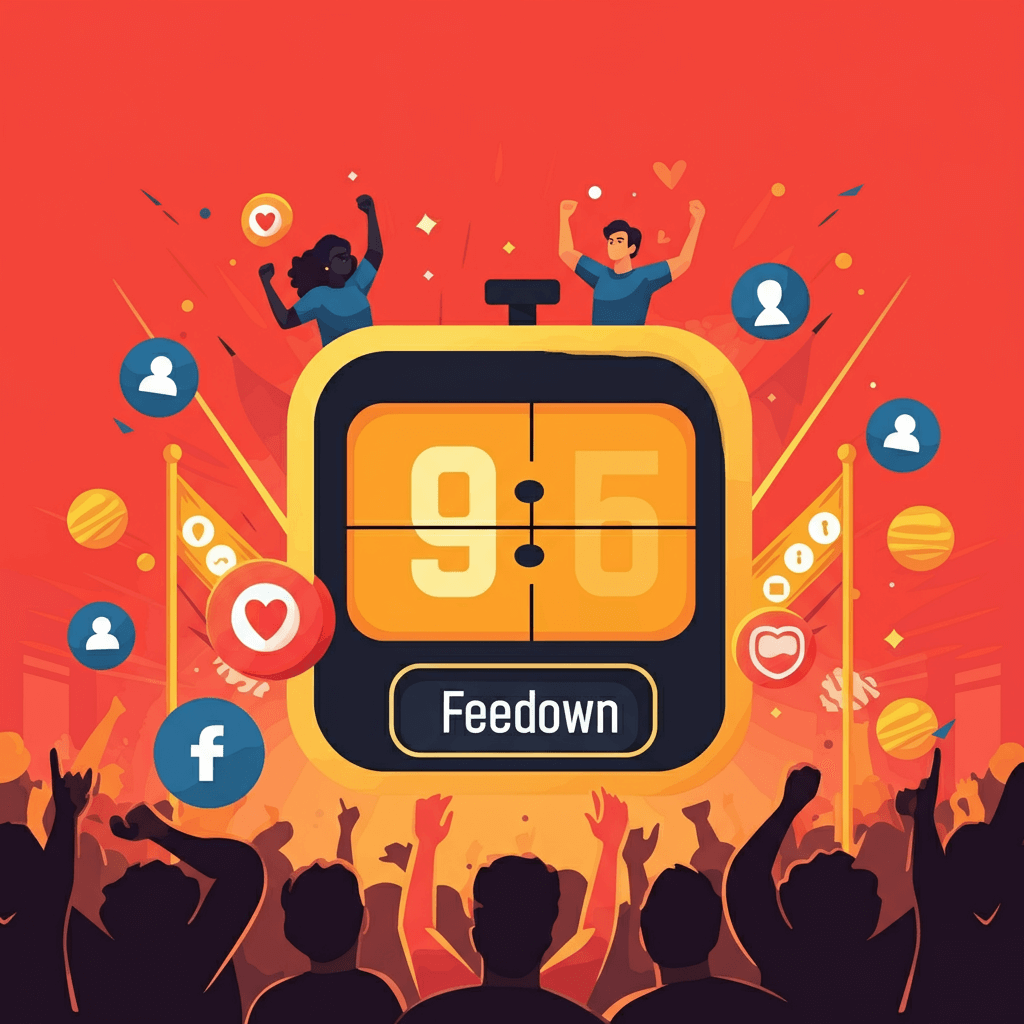The Super Bowl. The Olympics. The FIFA World Cup. These are more than just games; they are global cultural events. Millions tune in, stadiums sell out, and conversations dominate social media for weeks. What elevates these competitions from simple matches to unforgettable spectacles? The answer lies in powerful sports event marketing.
This type of marketing is the strategic force that builds hype, engages fans, and creates memorable experiences that last long after the final whistle. It’s about connecting with an audience on an emotional level, leveraging the passion and loyalty inherent in sports fandom. For any brand or organization in the sports industry, mastering this discipline is not just an advantage—it’s essential for growth and success.
This guide will walk you through effective strategies and tactics to elevate your sports event marketing. You’ll learn how to build anticipation, engage your audience during the event, and maintain momentum afterward, ensuring your event makes a lasting impact.
What Is Sports Event Marketing?
Sports event marketing is a specialized branch of marketing that uses sporting events to promote a brand, product, or service. This can be done in several ways: by sponsoring an event, hosting your own competition, or creating marketing campaigns centered around a specific game or tournament.
The ultimate goal is to connect with the highly engaged and passionate audience of sports fans. Unlike traditional marketing, which often has to fight for attention, sports marketing taps into pre-existing excitement and loyalty, creating a powerful platform for brand messaging. From local 5K runs to international tournaments, the principles remain the same: leverage the thrill of competition to build brand affinity and drive business results.

Phase 1: Pre-Event Promotion and Hype Building
The success of your event is often determined long before the doors open. A strong pre-event marketing strategy is crucial for building anticipation and ensuring a packed house.

Create a Compelling Narrative
Every great sporting event has a story. Is it a classic rivalry? An underdog’s journey? A record-breaking attempt? Identify the core narrative of your event and build your marketing materials around it. Create content that introduces the key players, highlights the stakes, and gets fans emotionally invested. This could include:
- Video profiles of athletes or teams.
- Written articles detailing the history of the matchup.
- Social media graphics with interesting facts and statistics.
Leverage Social Media Channels
Social media is your most powerful tool for building buzz. Create a unique hashtag for your event and encourage fans, athletes, and partners to use it. Run contests and giveaways, share behind-the-scenes content, and use countdown timers to build excitement. Platforms like Instagram and TikTok are perfect for visual content like short video clips and athlete takeovers, while X (formerly Twitter) is ideal for real-time updates and discussions.
Engage with Email Marketing
Don’t underestimate the power of a well-crafted email campaign. Build an email list of past attendees and interested fans. Send regular updates with important information, such as ticket release dates, schedules, and special “early bird” offers. Personalize your emails to make subscribers feel like valued insiders, giving them exclusive content or priority access to tickets.
Phase 2: In-Event Engagement Strategies
Once the event is underway, your focus should shift from promotion to experience. The goal is to create an engaging and memorable atmosphere that keeps fans entertained and connected.

Enhance the Fan Experience
Think beyond the game itself. What can you do to make the in-person experience unforgettable? Consider setting up fan zones with interactive games, photo booths, and meet-and-greet opportunities with athletes. Use large screens to display social media feeds, run fan polls, and showcase user-generated content. High-quality food and beverage options, comfortable seating, and clear signage also contribute significantly to a positive experience.
Integrate Sponsors Seamlessly
Sponsorship integration should feel natural, not forced. Look for creative ways to weave your partners into the event experience. This could be a branded photo wall, a sponsored skills challenge, or a “moment of the match” presented by a sponsor. The best sponsorships add value to the fan experience rather than interrupting it. For example, a tech company could sponsor a charging station for mobile devices, providing a genuinely useful service to attendees.
Capture High-Quality Content
Your event is a content goldmine. Ensure you have a dedicated team of photographers and videographers capturing every angle. This includes the action on the field, the reactions of the crowd, and the atmosphere around the venue. This content is invaluable for post-event marketing and for promoting future events. Live-streaming key moments or behind-the-scenes action can also help engage fans who couldn’t attend in person.
Phase 3: Post-Event Follow-Up and Analysis
The final whistle doesn’t signal the end of your marketing efforts. A strong post-event strategy helps you maintain momentum, gather valuable feedback, and build a loyal community for future events.
Share Highlights and Recap Content
In the days following the event, share a flurry of recap content. This can include highlight reels, photo galleries, and articles summarizing the key moments. Post this content across all your channels, using your event hashtag to keep the conversation going. Thank the fans, athletes, and sponsors for their participation, reinforcing the sense of community.
Gather Feedback and Analyze Data
To improve future events, you need to understand what worked and what didn’t. Send out a post-event survey to attendees to gather feedback on their experience. Ask about everything from ticket purchasing and venue accessibility to entertainment and food quality.
In addition, analyze the data from your marketing campaigns. Which social media posts had the highest engagement? What was the open rate on your email campaigns? This data will provide crucial insights to help you refine your strategy for next time.
Nurture Your Community
Keep your audience engaged long after the event is over. Continue to share relevant content, run smaller contests, and provide updates on future plans. By maintaining a year-round conversation, you turn attendees into a loyal community that will eagerly await your next event.
Frequently Asked Questions (FAQs)
What is the difference between sports marketing and sports event marketing?
Sports marketing is a broad field that encompasses all marketing activities related to sports, including promoting teams, leagues, and sports-related products. Sports event marketing is a specific subset focused on promoting a single event or tournament.
How can small organizations market a sports event with a limited budget?
Focus on low-cost, high-impact strategies. Leverage organic social media, build partnerships with local businesses for cross-promotion, and focus on email marketing to a targeted list. Securing a local media partner can also provide valuable exposure without a significant financial investment.
How do you measure the ROI of a sports event?
Measuring ROI involves tracking key metrics like ticket sales, merchandise revenue, sponsorship value, and media impressions. You can also measure less tangible benefits like brand sentiment and social media engagement growth. Post-event surveys can help gauge the impact on brand perception and purchase intent.
The Next Play
Effective sports event marketing is a comprehensive game plan that starts months before the event and continues long after. By building a compelling narrative, engaging fans across multiple channels, and delivering an unforgettable experience, you can create an event that resonates deeply with your audience.
The key is to remember that you are not just selling tickets; you are building a community around a shared passion. Focus on adding value at every stage, and you will not only ensure a successful event but also cultivate a loyal following for years to come.









